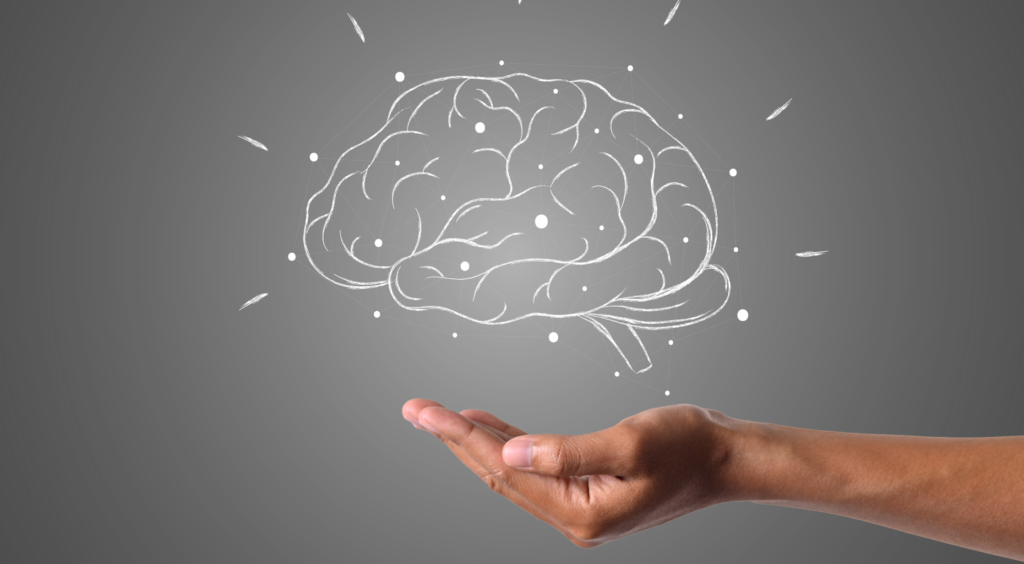Discussing education also entails discussing learning, the process through which our students acquire knowledge and skills. When we talk about learning, we’re not referring to a single way of learning, as there are many approaches to consider, each with its own characteristics. In today’s post, we will address meaningful learning, examining its characteristics and strategies to promote it in the classroom.
Furthermore, this is not the first time we’ve discussed learning on our blog! Previously, we’ve covered implicit and explicit learning, cooperative learning, and discovery learning, among others. We encourage you to take a look 😉
Learning: An essential aspect for your students
As mentioned earlier, learning is the process through which we acquire knowledge and skills. Applied to our role as educators, our teaching becomes a fundamental aspect in developing our students’ learning. The educational system is indeed one of the primary environments where this learning process takes place.
There are many ways to learn, that is, to acquire this knowledge, each with its own advantages and disadvantages. However, if there’s one thing that many experts agree on, it’s the importance of continuously developing learning throughout life. This enables individuals to acquire skills that they can apply in their daily lives, fostering personal and professional development.
What is meaningful learning?
Entering into the subject, let’s examine what meaningful learning consists of and its main characteristics.
The definition of meaningful learning stems from the educational approach of psychologist David Ausubel in the 1960s. According to Ausubel, it is a type of learning in which students associate new knowledge with pre-existing knowledge, adjusting this knowledge, thereby enabling deeper learning.
This type of learning goes beyond mere memorization, as students are able to relate new information to existing information, reinforcing the learning process.
The characteristics of meaningful learning are as follows:
- It relates new knowledge to prior knowledge. A well-defined base of pre-existing knowledge helps in better retaining new knowledge and reconstructing it to establish deeper learning.
- Enhanced understanding of concepts. By connecting different pieces of knowledge, students move from basic memorization to a deeper understanding, facilitating better long-term retention of information.
- Increased intrinsic motivation. As students build learning gradually, consolidating increasingly larger bodies of knowledge, their intrinsic motivation grows. They often show greater interest in learning and consider it relevant to their personal and academic development.
Do you want to know some ways to enhance meaningful learning in the classroom? Keep reading, as we bring you some tips and tricks that will inspire your teaching 🙂
Here’s how you can enhance meaningful learning in the classroom
We bring you good news: it is possible to foster meaningful learning in the classroom, regardless of the subject or grade level you teach. With the strategies and tips we provide below, you will be able to implement a teaching methodology that reinforces prior knowledge to ensure that new knowledge takes root better among your students.
- Know your students’ starting level and you will succeed. At the beginning of classes, it’s important to diagnose what your students already know and their level before your teaching. This way, you can tailor the content to their knowledge and ensure they have a solid knowledge base that facilitates acquiring new knowledge with ease.
One way to assess your students’ starting level is through quizzes, which allow you to interactively observe your students’ knowledge. With Additio App, you can create your own interactive quizzes, receive analytics on the results, and identify areas where your students struggle the most. This enables you to focus more on these aspects to ensure deeper understanding.
- Review previous class content. Continuing with the same quizzes mentioned earlier, you can use them in another beneficial way. After each class (whether at the end of the class or at the beginning of the next session), you can administer a quiz on the session’s content live. This approach helps students review the material and assess if they have acquired the necessary knowledge from the session.
- Self-evaluation is your ally in class. To help students become aware of their knowledge and identify areas for improvement, you can provide them with self-assessment rubrics for their assignments and tasks.
- Concept maps and diagrams will help you. Concept maps and diagrams aid in relating concepts, making them excellent tools for connecting prior knowledge with new information. You can encourage your students to use these tools (even digitally) to reinforce their prior knowledge and skills and easily acquire new knowledge.
Were you familiar with meaningful learning?
You might not have recognized it by this name, but considering the examples, you’ve likely applied this type of learning before. Tell us, were you familiar with this type of learning? As always, we look forward to hearing your thoughts on social media: Facebook, Twitter, Instagram and Youtube.
Additio App, the school management, assessment, and communication platform that helps put students at the centre of learning
Additio App, the school management, evaluation, and communication platform that helps you place students at the centre of learning. With Additio App, you can conduct competency assessments that place students at the heart of learning, keeping them informed about their progress and helping them identify areas for improvement and strengths.
Over 150 features accompany you to enhance your teaching and student learning. You can try the tool for free with the Additio Starter plan, which provides access to most features, allowing you to see if the platform truly meets your needs.
We look forward to seeing you in the next post!





